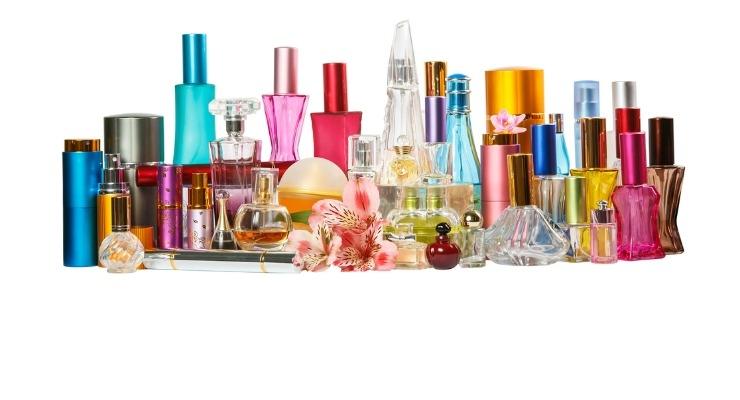
2014-10-30 11:28:49
A Bright Spot in U.S. Fragrances
2014-10-30 11:28:49

After growing by 9% in 2011 and 2% in 2012, sales of fragrances declined by 2% in current value terms in 2013. The explosion in the use of scents beyond fine fragrances in everything from fabric softeners to multipurpose cleaners has led fragrances to become more commoditized, while celebrity fragrances, a growth driver in 2011 and 2012, are losing the interest of youths, compared to other products such as smartphones and apps.
Lipstick container manufacturer top beauty.
The bright spot in the market is premium fragrances, which outperformed mass fragrances in 2013 and accounted for 89% of value sales, reaching $5 billion in market value. Despite the launch of over 100 new scents in the U.S. market every year, classic, well-established fragrances remain the top sellers in the premium segment – these fragrances include Chanel No. 5, Beautiful and Donna Karan Cashmere Mist in women’s fragrances, and Acqua di Gio pour Homme, Armani Code, and Eternity for Men in men’s fragrances. Overall, L’Oréal was the leading player in fragrances in 2013, with a 14% value share, followed closely by Coty, with 12%.
Growth in premium fragrances is also being driven by a growing interest from high-income consumers in super-premium scents costing more than $100 per bottle. Affluent older consumers of these super-premium fragrances, who are often perfume connoisseurs, have a high degree of brand loyalty, and their preferences are driven by the story behind the perfume and the craftsmanship involved. As a result, niche brands such as Bond No 9 and L’Artisan Parfumeur have been able to reach out to these consumers through word-of-mouth recommendations and engaging storytelling.
As the U.S. economy continues to recover, and wealthy consumers regain their interest in fragrances through niche brands, retail sales of fragrances are forecast to increase by 6%, at constant 2013 prices, between 2013 and 2018. Premium men’s fragrances, in particular, will likely see the best performance, with 13% growth, as men in the U.S. become more comfortable using grooming products and fragrances to enhance their style. Premium women’s fragrances, similarly, are expected to grow by 10% between 2013 and 2018.
Given the high risk and high marketing spend involved in launching a new scent in a crowded marketplace, brands are likely to rely on brand extensions and smaller formats, to drive future growth. Smaller formats such as rollerballs will appeal to value-conscious consumers interested in a wardrobe of fragrances while remaining on a budget, and let women refresh their fragrance more easily throughout the day while on the go. Scents with a unique story to tell are also more likely to find traction with consumers in the long run.
Christine Linge is an associate consultant with Euromonitor International. In her role, she manages research projects across a variety of topic areas and industries, including travel and tourism and beauty and personal care.
please visit www.topbeautysh.com for more cosmetic packaging information.
LinkedIn




